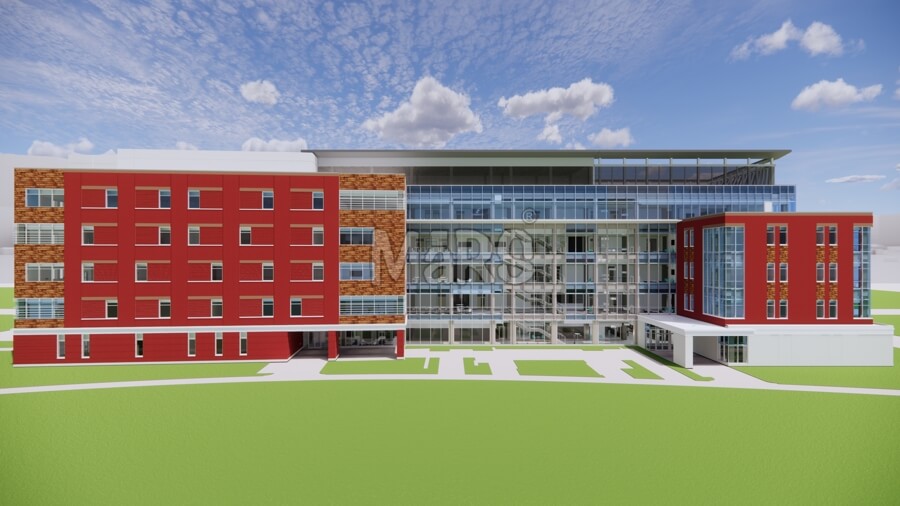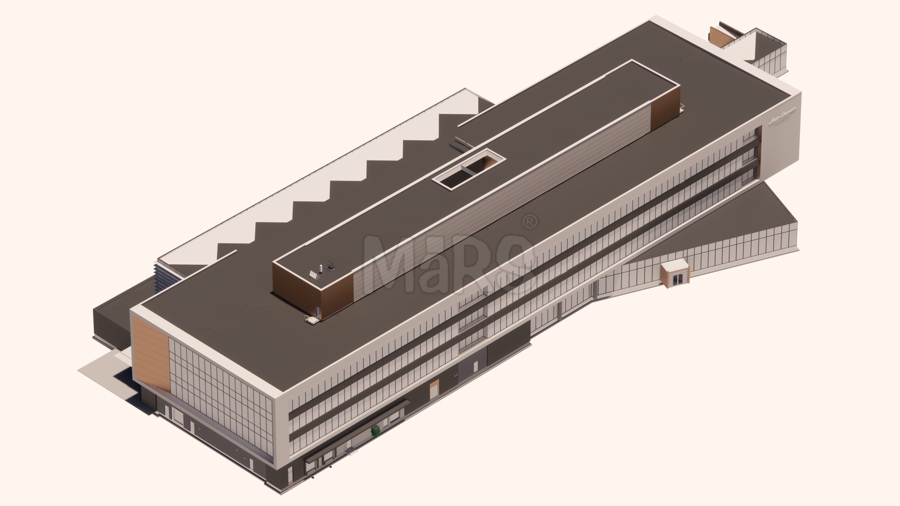Unlocking the Power of BIM: Revolutionizing Construction and Beyond
Navigating the Digital Frontier: A Comprehensive Guide to Embracing BIM in Construction
 In the realm of modern construction, Building Information Modeling (BIM) stands as a revolutionary force, reshaping the landscape of
In the realm of modern construction, Building Information Modeling (BIM) stands as a revolutionary force, reshaping the landscape of
architectural design, construction management, and facility operation. As we
navigate the intricate web of challenges posed by the ever-evolving demands of
the built environment, BIM emerges not merely as a tool but as a transformative
philosophy, guiding stakeholders towards enhanced collaboration, efficiency,
and sustainability.
At its core, BIM transcends traditional design approaches by
integrating data-rich 3D models with comprehensive information pertaining to a
building's lifecycle. From conceptualization to demolition, every phase of a
project is meticulously orchestrated within a digital environment, fostering
seamless communication and coordination among multidisciplinary teams.
One of the most compelling facets of BIM lies in its
capacity to mitigate risk and optimize decision-making processes. By simulating
various scenarios and analyzing potential outcomes, stakeholders can
preemptively address conflicts, streamline workflows, and ultimately minimize
costly errors during both design and construction phases. Moreover, the ability
to visualize projects in a virtual space empowers clients to make informed
choices, fostering a collaborative partnership grounded in transparency and
trust.
However, the impact of BIM extends far beyond the confines
of individual projects. As we confront the urgent imperative of sustainable
development, BIM emerges as a potent tool for promoting environmental
stewardship and resilience. Through energy analysis, material optimization, and
lifecycle assessment, designers can evaluate the ecological footprint of their
creations and implement strategies to minimize environmental impact without
compromising performance or aesthetics.
Furthermore, BIM serves as a catalyst for innovation,
catalyzing a paradigm shift towards modular construction, prefabrication, and
off-site manufacturing. By leveraging advanced technologies such as virtual
reality, augmented reality, and artificial intelligence, stakeholders can push
the boundaries of creativity and efficiency, ushering in a new era of
architectural expression and construction methodology.
Yet, for all its promise, the full potential of BIM remains
contingent upon widespread adoption and a commitment to education and training.
As we navigate the complexities of implementation, it is imperative that we
cultivate a culture of continuous learning and knowledge exchange, empowering
individuals at every level of the industry to harness the transformative power
of BIM.
In essence, BIM transcends the confines of a mere
technological tool, embodying a holistic approach to design, construction, and
management that resonates with the ethos of collaboration, sustainability, and
innovation. As we embark on this journey towards a more connected and resilient
built environment, let us embrace the transformative potential of BIM, forging
a path towards a future where creativity knows no bounds, and every structure
stands as a testament to human ingenuity and aspiration.












